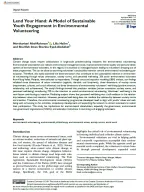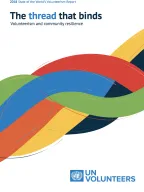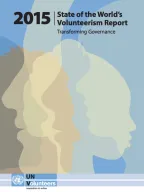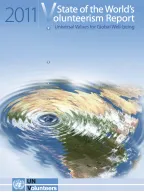-
Volunteerism

-
Volunteerism and the SDGs

-
State of the World’s Volunteerism

-
Enabling Environment for Volunteering

-
Measurement of Volunteer Work

-
Gender and Volunteering

-
Youth and Volunteering

-
Peacebuilding and Volunteering

-
Humanitarian and Volunteering

-
Climate and Volunteering

-
Health and Volunteering

-
South-South Cooperation and Volunteering

Overview of Section
This section contains details about the current year and relevant links.
Copyright @ UNV Knowledge Portal.
2025




